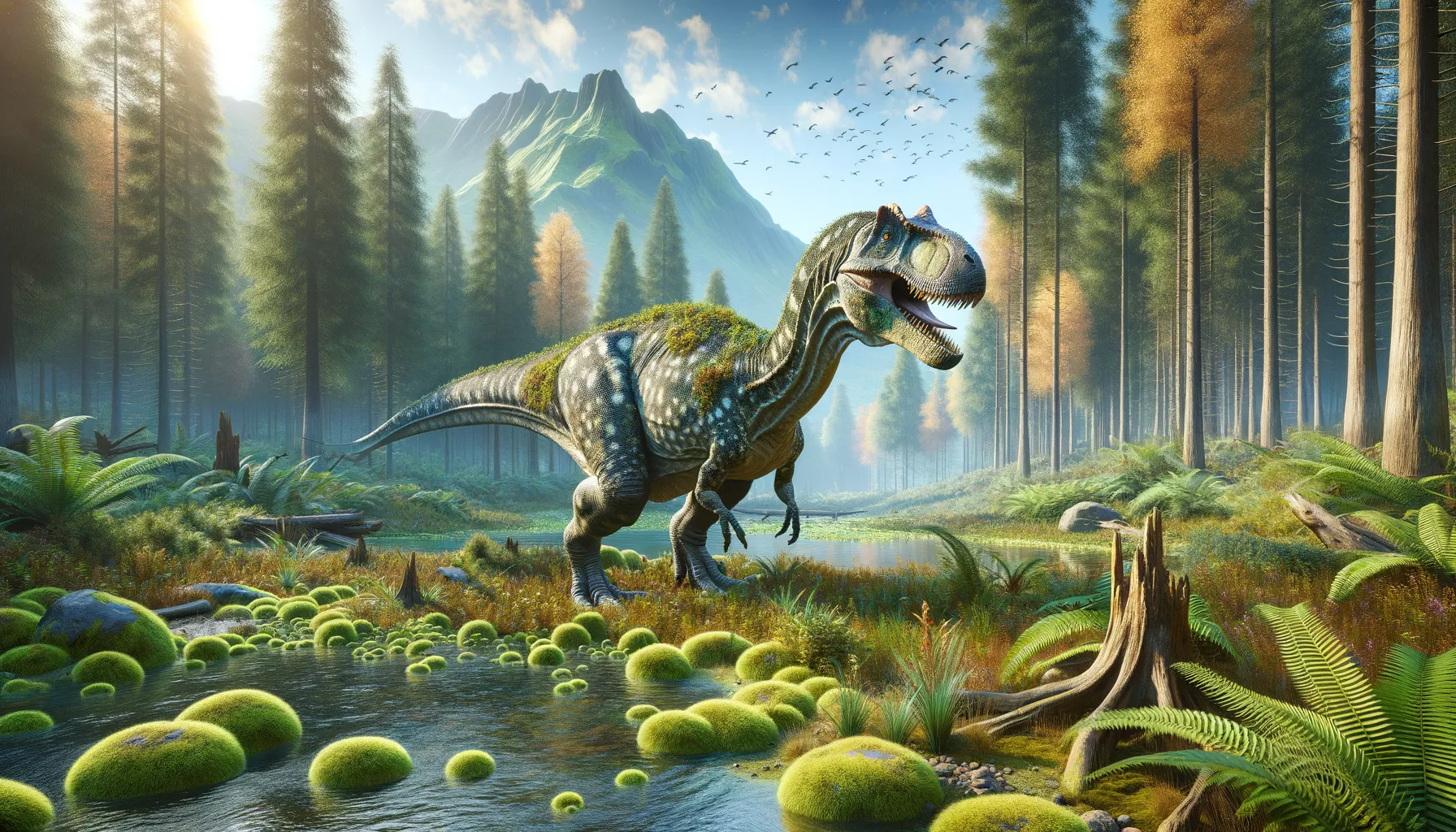
Kritosaurus
Majestic creature of the duck-billed era.
Period
Cretaceous
Length
About 9 meters or 30 feet long.
Height
Around 4 meters or 13 feet tall.
Weight
Approximately 3,500 kg or 7,700 lbs.
Kritosaurus was a large duck-billed herbivorous dinosaur that roamed North America during the Late Cretaceous period. It belonged to a group known as hadrosaurids, which were renowned for their crested heads and plant-eating habits. This dinosaur was well-adapted to life on land, feeding on vegetation that flourished in its environment. Its fossils tell the story of an ancient world dominated by large reptiles and the rich biodiversity of that era.
Diet
Kritosaurus primarily ate plants, consuming a variety of vegetation such as leaves, seeds, and fruits. It used its flattened jaws to grind food before swallowing.
Hunting
As a peaceful herbivore, Kritosaurus did not hunt but rather foraged for its food in the rich vegetation of its environment. Its large size served as a deterrent against predators.
Environmental challenges
Kritosaurus faced changing climates and shifting ecosystems during the Late Cretaceous, which required adaptations for survival. Periods of drought and fluctuating food availability posed challenges. Additionally, predators such as theropods were natural threats that made survival in herds advantageous for protection.
Speed
Relatively slow, suited for walking and grazing.
Lifespan
Estimated to be around 30 years.
First discovery
First discovered in 1904 in New Mexico by Barnum Brown.
Fun Facts
- Kritosaurus is a dinosaur that lived around 73 million years ago during the Late Cretaceous period.
- Its name means 'Noble Lizard', which reflects its majestic appearance with a distinctive facial ornament.
- Kritosaurus was a herbivore, meaning it primarily ate plants and likely roamed in herds for protection.
- This dinosaur is known from fossil remains found in North America, particularly in New Mexico and Texas.
- Kritosaurus is thought to have been about 9 meters (30 feet) long, making it a sizeable creature among duck-billed dinosaurs.
- The exact shape and purpose of its nasal crest is still debated, with theories ranging from social display to enhanced sense of smell.
- Fossil evidence suggests that Kritosaurus had a relatively flat snout, giving it a unique profile compared to some of its relatives.
Growth and Development
Kritosaurus likely experienced rapid growth during its juvenile stages, reaching sizes that would offer protection from predators. As it grew, its body developed a robust skeletal structure to support its massive size. It is believed to have followed a growth pattern similar to modern large herbivores, maturing gradually over many years.
Habitat
Its habitat consisted of lush floodplains and river valleys in North America, rich in plant life. Kritosaurus thrived in these areas, which provided abundant food resources. It likely lived in herds for social structure and protection, utilizing the landscape for both sustenance and shelter.
Interaction with other species
Kritosaurus coexisted with other hadrosaurids and various predatory dinosaurs. It may have engaged in mutualistic relationships with other herbivores, collectively foraging and possibly alerting each other to the presence of predators. The presence of different species likely influenced its migratory patterns and social behavior.
Natural lifespan
Its natural lifespan is estimated to be up to 30 years.
Reproduction
Reproduction involved laying eggs in nests, likely in secluded areas to protect from predators. Parental care may have been minimal, with juveniles forming groups for added security. The nesting grounds would have been strategically chosen to ensure availability of food and safety.
Social behaviour
Kritosaurus likely exhibited social behavior, living in herds which offered protection from predators. Herd dynamics could have included group foraging and coordinated movement across landscapes. Social interactions inside the herd may have involved communication signals such as vocalizations and visual displays.
Fossil locations
Kritosaurus fossils were primarily found in North America, especially in regions like New Mexico and the southwestern United States. These areas are rich in sedimentary rock layers from the Late Cretaceous period, which preserve many dinosaur fossils. Its discovery in this region provides insight into the dinosaur's range and environment during its era.
